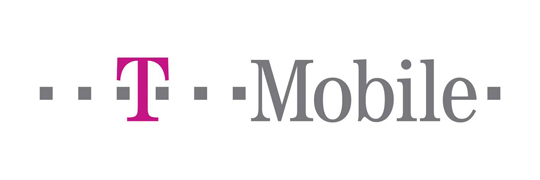T-Mobile USA has reported its first quarter earnings for 2013, and this marks the first reporting period ever that the newly rebranded “Un-Carrier” has included iPhone 5 sales, which began at T-Mobile April 12, prompting line-ups of interested customers. 500,000 new iPhone 5s were sold during the few weeks they’ve been available so far, T-Mobile reports.
Unlike some other carriers, T-Mobile doesn’t state what percentage of those went to new customers, saying simply that those 500,000 went to a mix of “new and existing customers.” But we can still do a fair comparison of straightforward sales, as Sprint sold 1.5 million iPhones during its most recent quarter, which was a mix of all device types, not just the iPhone 5. That means interest was relatively strong at T-Mobile, since it managed to bring in one-third of that total for the iPhone 5 alone in just a third of the time.
That’s an indication that T-Mobile’s $99 pricing of the iPhone (which is offset by a monthly device lease for subscribers) is likely working well. What isn’t clear yet is how well the Un-Carrier scheme is working: T-Mobile added 3,000 net branded customers during the quarter, but lost 199,000 postpaid subscribers and added 202,000 prepaid users. Those adopting the new Un-Carrier plans still count as postpaid customers, even though they don’t have fixed term contracts.
Like the iPhone 5, the Un-Carrier plans have only been around for about a month of the total quarter, but there are still signs that despite the continued disparity between postpaid and prepaid growth, customers are coming around. Postpaid churn (loss of subscribers) was 1.9 percent, which is the lowest since the second quarter of 2008. The 199,000 subscriber loss was also a 61 percent improvement over the postpaid decline in Q1 2012, meaning that while the carrier still didn’t see positive growth, it may be on the way to turning things around.
In terms of earnings, T-Mobile reported $1.2 billion in EBITDA for the quarter, a sequential improvement of 12.4 percent, but a year-over-year decrease of 7.5 percent. ARPU for branded postpaid declined by 6.3 percent, which T-Mobile says is the result of customers embracing their Value and Simple Choice plans. ARPU for prepaid is increasing, up 11.3 percent, but there’s still a wide gap between the two. Going forward, watching how ARPU is affected by the Un-Carrier plans will be a key metric for determining T-Mobile’s success with that new initiative.
